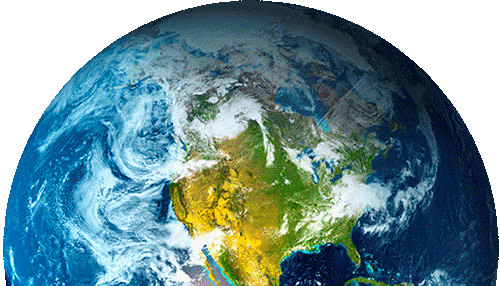Saving the world one application at a time: FAO Vulnerable Marine Ecosystems Database
At GeoSolutions we believe that success stories about important organizations and Open Source Software should be openly shared and they can be used as a measure of OSS success in the formal enterprise environment (but you should alreay know this ;)). In this blog post we are going to quickly introduce some work we have done for the Fishery and Aqualture Department of the Food and Agriculture Organization (FAO) of the United Nations (UN).
The FAO Fishery and Aqualture Department, specifically the FIGIS group; is involved in many efforts geared towards the conservation of the marine ecosystem and GeoSolutions is honored to work with them on some of the mapping applications they need in order to create effective querying and visualizations of the data they manage.
This blog post covers some work we have done to support information dissemination from the Vulnerable Marine Ecosystems Database (VME-DB).
The Vulnerable Marine Ecosystems Database gathers information on VME areas stored in harmonized way and disseminated through maps and fact sheets.
Every area shows the relevant info and can be downloaded as shapefile
More informations are accessible through a detailed factsheet
The map can be viewed in different projections
 |
| South Polar Projection |
VME areas can be searched by their specific attributes or by a full search.
All the searches are implemented with REST services.
Let us now summarise a few points about this project:
- background maps are served with GeoServer and GeoWebCache which are shared with all the others mapping applications in places withing the department.
- the appearance of OpenLayers has been heavily customized in order to follow the project’s design guidelins.
- most of the data is stored inside the corporate instance of Oracle Spatial, demonstrating perfect integration of Open Source with COTS
- extensive usage of CQL filters, SQL Parametric Views and REST services has been made to generate dynamic maps and retrieve non-geographic data.
Last but not least, we believe it is worth to mention that this work was performed via our GeoSolutions Enterprise Services. Therefore, if you’d like to know more about what we could achieve together, do not hesitate and get in touch with us!
The GeoSolutions team,







